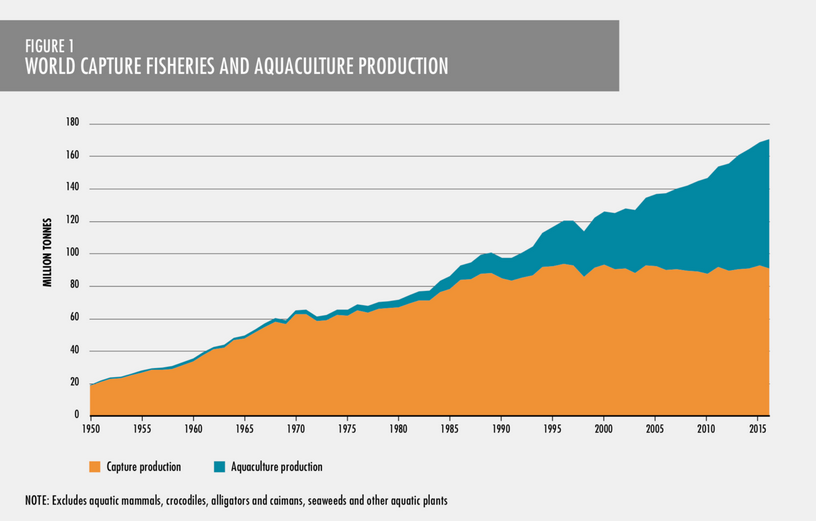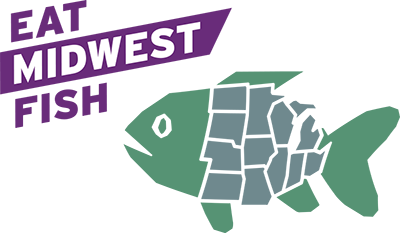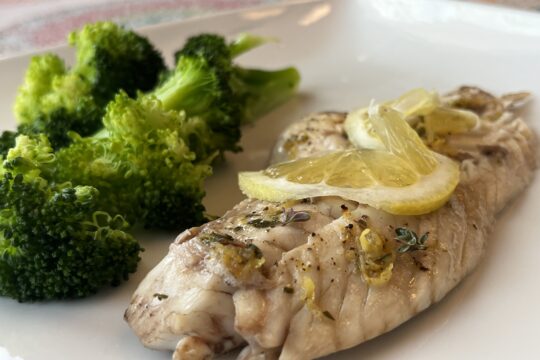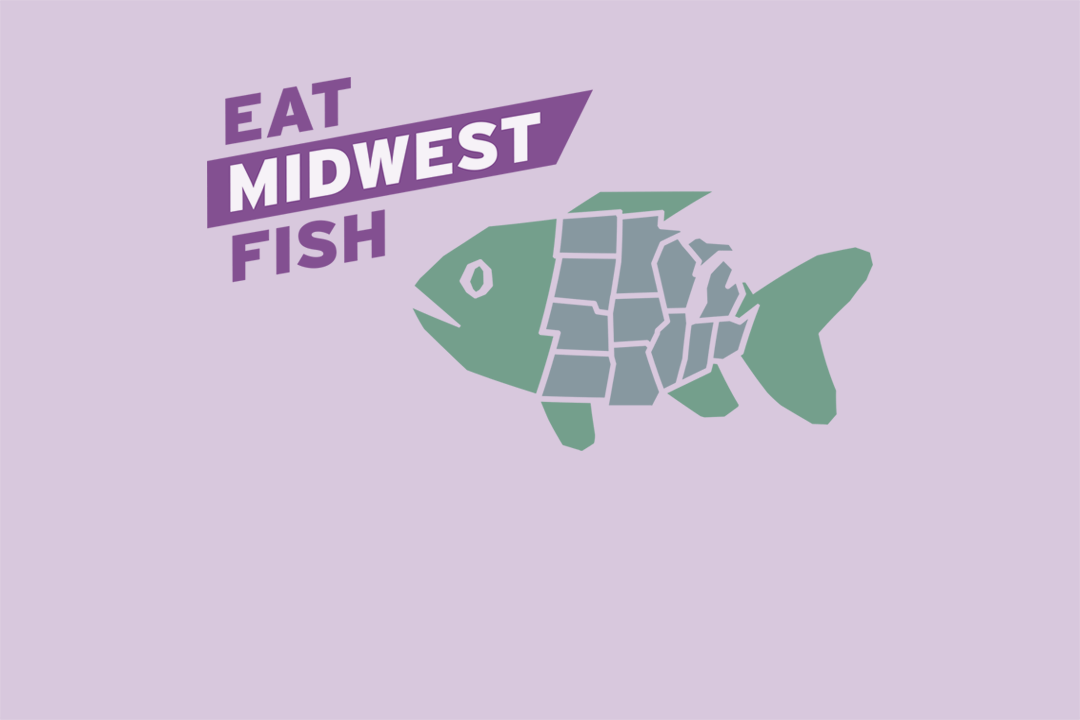Aquaculture is a general term that describes the practice of farming plants or animals in water. Other common terms used for aquaculture are fish farming, shrimp farming, shellfish farming, and water farming. Aquaponics is the practice of growing plants in the absence of soil, using the water from an aquaculture system to feed the plants and the plants to filter the water.
Aquaculture, more specifically, is the breeding, rearing, and harvesting of fish, shellfish, plants, and other organisms in water. In the United States, most aquaculture producers are focused on the production of food for human consumption, but not all.1 Farmers also rear ornamental animals and plants as well as fish for stocking and bait. In the Midwest, we have it all; food fish, ornamental, baitfish, and sportfish production.
What is sustainable aquaculture?
Aquaculture is sustainable when a farm meets three criteria: economic, environmental, and social sustainability.2 Traditionally for a farm to be sustainable, it had to be economically viable and able to maintain production for many years or even over generations. The definition of sustainable aquaculture is evolving and now includes environmental and social responsibility. For a farm to be sustainable, it must not cause significant damage to the environment, the ecosystem, or the community. Here are some examples of how farmers practice sustainable production.
- Manage and monitor water discharge by following local, state, and federal regulations.
- Filter and reuse water when possible to reduce demand on the water supply.
- Provide safe working conditions and fair wages to employees.
- Use energy-efficient technologies to reduce energy consumption.
- Closely observe feeding behavior to prevent overfeeding.
- Prevent the escape of farmed fish and/or disease into natural waterways.
- Use feeds that are made from sustainable ingredients, like wild-caught fish meal replacements.
Why is aquaculture in the Midwest important?
The supply of wild-caught seafood has remained relatively level since the 1980s, while demand for seafood is growing fast. So far, as global demand for seafood has surpassed the capacity of the world’s fisheries, demand for farm-raised seafood has increased to match. As a result, aquaculture has become the fastest-growing food production industry in the world— it now supplies more than 50% of our seafood.2

FAO. 2018. The State of World Fisheries and Aquaculture 2018 – Meeting the sustainable development goals. Rome. Licence: CC BY-NC-SA 3.0 IGO.
In the United States, much of the seafood we eat is imported. By buying locally grown fish and shellfish, you can support farmers that are providing jobs, safe protein, and nutrient-rich food to their communities.
What kind of food fish do farmers rear in the Midwest?
In the Midwest, farmers produce Atlantic salmon, barramundi, bluegill, catfish, hybrid bluebill, hybrid striped bass, largemouth bass, pompano, rainbow trout, tilapia, walleye, yellow perch, as well as freshwater prawns and saltwater shrimp. More information.
How do farmers rear fish in the Midwest?
Farmers rear fish and other aquatic organisms in several ways. The three most widely used methods used in the Midwest are ponds, flow-through, and recirculating aquaculture systems.1
Ponds
Farming fish and other aquatic species in ponds is the most common method used in the Midwest. In 2018, 79% of Midwest farmers reported using ponds for production.1 Ponds are all-in and all-out outdoor operations. Animals of the same age are stocked and will stay in the pond until they reach market size. This typically takes 1 to 2 growing seasons depending on the species, size of the fish stocked, and location. Some examples of fish raised in ponds in the Midwest are yellow perch, largemouth bass, hybrid striped bass, and bluegill.
Flow-through
With flow-through production, the water moves continuously through the fish rearing tanks on the farm. This strategy is commonly used in hatcheries and nurseries as well as in raceway systems with fish that require cool fast-moving water, like rainbow trout.
Recirculating
Recirculating aquaculture systems, also known as RAS, recirculate and reuse 90% or more of their water by filtering and oxygenating water before returning it to the tank. RAS technology is commonly used indoors, which allows farmers to grow different kinds of animals under controlled conditions. With RAS, farmers can plan their production to have market-ready fish available all year long. Some examples of animals grown via RAS are Atlantic salmon, trout, and tilapia.
Other Production Systems
Less widely used culture systems available in the Midwest are cage, net pen, and aquaponics.
Cage & Net Pen
Farmers use this system when they want to grow fish in a large or deep body of water, like a large farm pond, lake, or strip pit. These water bodies are not constructed for aquaculture, but farmers use rigid cages or pens made from netting that they can deploy, secure, and stock with fish. This method can be used for the production of market sized fish or for a single phase of production. Some farmers also use smaller net pens, also known as hapas, for juvenile fish. In the Midwest, net pens are used to grow warm-water fish, like tilapia, in the summer and cold-water fish, like trout, in the winter.
Aquaponics
Aquaponics is a hybrid-system that combines aquaculture, the farming of plants and animals in water, with hydroponics, the growing of plants in a soilless medium. The concept is to use the nitrogen and nutrient-rich water from the aquaculture system to feed plants. The plants take up the nutrients, filtering the water, which can then be returned to the aquaculture tanks creating a continuous cycling of water through the closed-loop system. An alternative is a decoupled system, where the plant and fish components are operated separately. By breaking the loop, farmers have more options for managing their water resources. Some decoupled systems use only some of the nutrient-rich water from the fish system for the plants. Examples of fish raised in aquaponics systems in the Midwest are tilapia, yellow perch, rainbow trout, and Atlantic salmon.
How is aquaculture in the United States regulated?
Aquaculture is highly regulated by local, state, and federal authorities. Regulations are in place to protect native plant and animal populations and ecosystems from invasive species, prevent pollution, and ensure that seafood is safe for human consumption. Here are a few examples of how Midwest farms are regulated.
- The United States Food and Drug Administration (FDA) is responsible for ensuring that seafood is safe to eat. The FDA:
- Inspects seafood processing.
- Tests aquaculture feed regularly for any unsafe levels of contaminants, including prohibited growth hormones. U.S. manufactured aquaculture feeds do not contain growth hormones.
- Prohibits the use of antibiotics for non-therapeutic purposes.
- Various state Departments of Natural Resources (DNR) are responsible for protecting wild populations and preventing any introduction of invasive species. State DNRs are the authorities for state aquaculture regulations.
- The U.S. Environmental Protection Agency, as do state and local regulators, sets wastewater discharge restrictions and limits for farms.
How is Illinois-Indiana Sea Grant supporting aquaculture in the Midwest?
The Midwest produces less than 1% of the farm-raised seafood eaten by Americans, but through research, workshops, educational materials, and one-on-one interactions, Illinois-Indiana Sea Grant, Purdue University Extension, and the North Central Regional Aquaculture Center are educating consumers and helping aquaculture producers increase production, define markets, and create value-added opportunities for their products.
1United State Department of Agriculture. 2019. 2017 Census of Agriculture: 2018 Census of Aquaculture. Volume 3. Part 2.
2FAO. 2018. The State of World Fisheries and Aquaculture 2018 – Meeting the sustainable development goals. Rome. License: CC BY-NC-SA 3.0 IGO.
Photo credit: AquaBounty Technologies www.aquabounty.com



